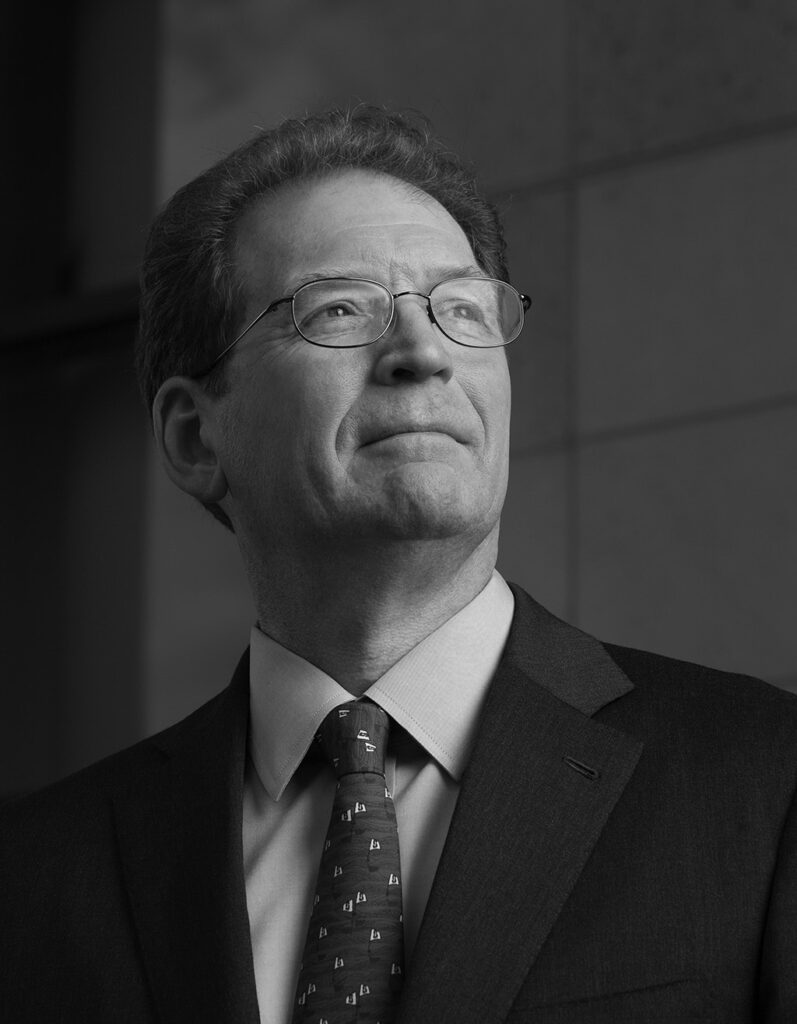Stanford Medicine looks to the future
How a shared vision will keep Stanford Medicine at the forefront of medicine and health care
Letter from the Dean
I appreciate the old witticism that it’s hazardous to make predictions about the future, but as scientists and physicians, wondering how to make life better is in our DNA.
Every day, researchers ask questions that transform the impossible into the possible. Physicians work with each and every patient to ensure a healthier future. And as the dean of our academic medical center, my life’s work is to peer into the fog and try to position us to do the most good not just next year but in the next decade and beyond.

It’s in this same spirit that we devote this issue of the magazine to the future — specifically, the future of Stanford Medicine. But I don’t think I overstate the case to say that the future of Stanford Medicine will also, in many ways, be the future of medicine itself. After reading the stories, I think you’ll agree.
Three years ago, Stanford Medicine established our precision health vision. Maximizing the potential of digital health and biomedical advances, precision health will predict and prevent disease before it strikes, cure it definitively when it does and do it all precisely.
We set out to lead that revolution and the decision has energized Stanford Medicine.
A year ago, we came together again to ask how the School of Medicine, Stanford Health Care and Lucile Packard Children’s Hospital Stanford could better collaborate to achieve our inspiring vision. The resulting integrated strategic plan was an institutionwide effort that created the framework we’ll use to leverage our combined creative might to remain on the forefront of the precision health revolution.
In this issue, you can read about this process and how Stanford Medicine is alive with innovative teaching, science and health care that is bringing the precision health future into focus today.
You’ll also see how a palliative care physician uses a Stanford-born computer program to identify the patients who most need her attention, showing that even at the end of life, precision health efforts can lead to better patient care. Another story highlights how interdisciplinary research by bioengineering, pathology and microbiology colleagues may one day generate stable, resilient microbiota that prevent or mitigate cardiovascular disease and inflammatory bowel disease.
Of course, our precision health efforts are not limited to our campus. As we discovered during the strategic planning process, the Stanford community takes our global responsibilities to heart.
You’ll read about how this commitment manifests itself as unique efforts to improve ambulance service in Nepal, contain hepatitis B in China and as programs that export the very processes of discovery and translational research. It is imperative that the precision health revolution be enjoyed worldwide.
Imagining a brighter future where people live longer and healthier lives is what Stanford Medicine is all about. Read on to learn more about how we’re creating that better future today.
Sincerely,
Lloyd Minor, MD
Carl and Elizabeth Naumann Dean of the School of Medicine
Professor of Otolaryngology-Head & Neck Surgery
